Plaintiffs Pitch Dueling Visions, One Big & One Small, to Judge in iPhone MDL
The judge overseeing claims Apple deliberately slowed older iPhones heard leadership pitches in front of a courtroom full of about 40 lawyers Thursday, with another 10 or so on the phone.
May 10, 2018 at 05:01 PM
4 minute read
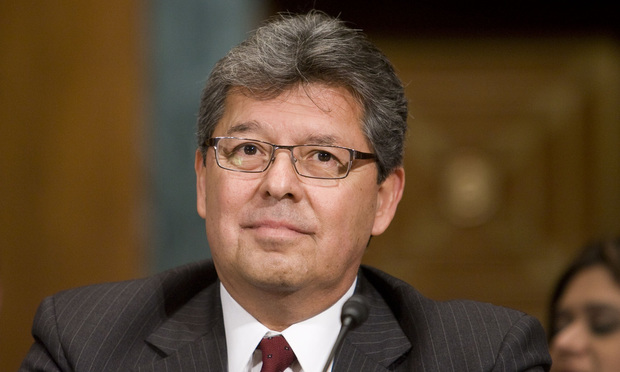 Judge Edward J. Davila. Photo: Diego M. Radzinschi/ALM.
Judge Edward J. Davila. Photo: Diego M. Radzinschi/ALM.
SAN JOSE — Lawyers vying to lead the multidistrict litigation targeting Apple Inc. with claims related to the diminished performance of older iPhones laid out starkly different visions for what the structure of the plaintiffs' team should look like.
U.S. District Judge Edward Davila of the Northern District of California, who is overseeing about 80 class actions claiming Apple intentionally and surreptitiously slowed down older iPhones to nudge consumers to buy newer devices, heard leadership pitches in front of a courtroom full of about 40 lawyers Thursday, with another 10 or so on the phone.
➤➤ Never miss a litigation story from Law.com. Follow Litigation
While two individual lawyers—Steve Berman, of Seattle's Hagens Berman Sobol Shapiro and William Audet, of San Francisco's Audet & Partners—pitched a lean leadership structure, most of the lawyers present were part of a broad a coalition led by Joseph Cotchett of Cotchett, Pitre & McCarthy in Burlingame and Laurence King of San Francisco's Kaplan Fox & Kilsheimer. The coalition is proposing a much more formalized structure involving 42 lawyers at 40 firms, each with designated tasks.
At the top of Thursday morning's hearing, Davila laid out some preliminary thoughts on the pitches the lawyers made in their briefing. The judge told Berman, who had pitched his firm's technical expertise, that while he thought the case would involve “significant discovery,” he didn't anticipate the need for people “highly skilled” in computer coding to handle the case. Davila said he was open to Audet's suggestion that a special master or mediator be brought on early in the case to try to push toward a quick resolution. But the judge expressed initial skepticism toward the coalition's large structure.
“I think that's a little large and I think I'd like to see something that's a little more efficient,” Davila said. Davila added he's looking for something a bit more “lean and mean,” but said he wanted to pick a team focused on “cooperation and communication” with everyone involved in the case. Davila also took the unusual step of asking all the plaintiffs counsel if they had received third-party financing to help fund the case. All three groups said that they had not.
➤➤ Want deeper coverage of class action and mass tort litigation. Sign up here for Critical Mass by Amanda Bronstad.
In another rare move in the run-up to the hearing, Apple's counsel at Gibson, Dunn & Crutcher filed a brief expressing concern about the coalition's proposed structure, calling it “a recipe for gridlock, not efficiency.” At Thursday's hearing, Gibson Dunn's Christopher Chorba said it was unusual for Apple or his firm to get involved at the leadership selection stage.
“Two of the three applications before you are saying the same thing we are,” said Chorba, speaking of the smaller pitches' critique of the large one. “We very rarely agree in these cases, but we do agree on that.”
“So you're suggesting start small and grow if you need?” asked the judge.
“Exactly,” said Chorba.
Speaking on behalf of the coalition later in the hearing, Kaplan Fox's David Straite said that starting small and asking the court for permission to grow later could tip the plaintiffs' strategy to Apple via staffing. Straite and others who spoke on the coalition's behalf said it was modeled on the large structure that U.S. District Judge Charles Breyer endorsed in the Volkswagen vehicle emissions cases.
“This team was proposed as a cohesive unit,” Straite said. “A lot of work went into [figuring out] who works well with others … not because of politics, but because we vetted and cooperated and worked together for several months.”
Davila said at the end of the hearing that he hoped to have an order out shortly.
This content has been archived. It is available through our partners, LexisNexis® and Bloomberg Law.
To view this content, please continue to their sites.
Not a Lexis Subscriber?
Subscribe Now
Not a Bloomberg Law Subscriber?
Subscribe Now
NOT FOR REPRINT
© 2025 ALM Global, LLC, All Rights Reserved. Request academic re-use from www.copyright.com. All other uses, submit a request to [email protected]. For more information visit Asset & Logo Licensing.
You Might Like
View All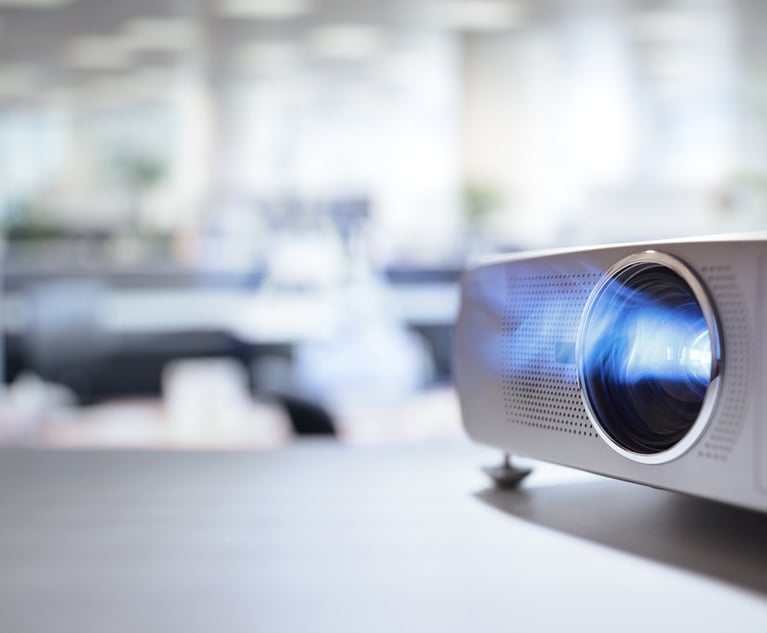
K&L Gates Files String of Suits Against Electronics Manufacturer's Competitors, Brightness Misrepresentations
3 minute read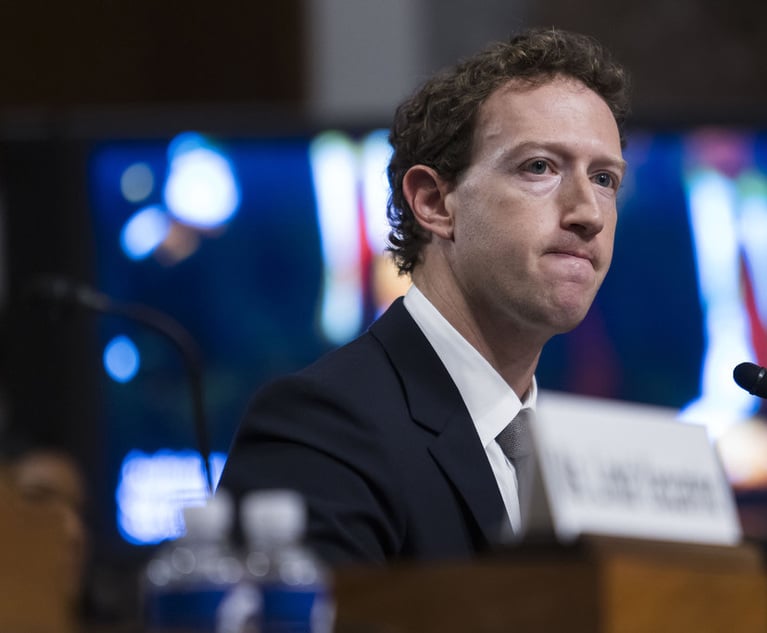
Meta Workers Aren't of One Mind on Company's Retreat From DEI, Fact-Checking
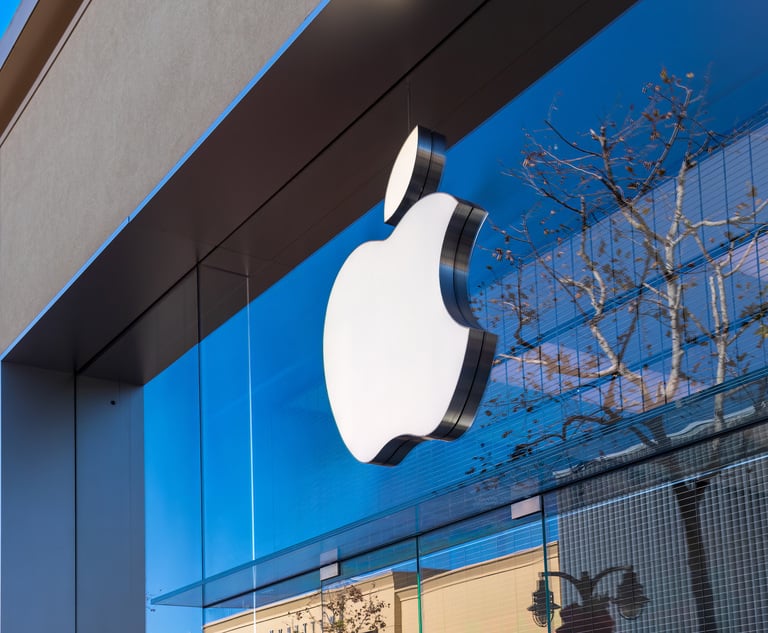
California Court Denies Apple's Motion to Strike Allegations in Gender Bias Class Action
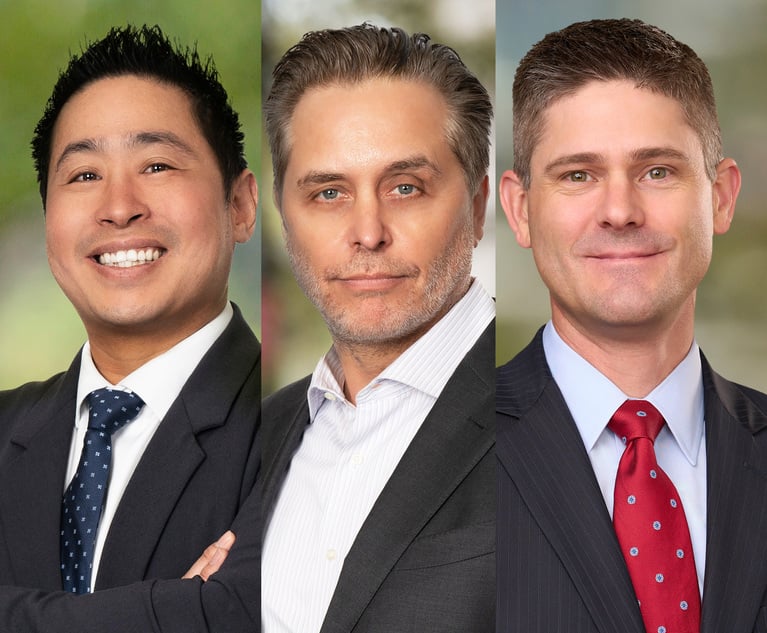
White & Case KOs Claims Against Voltage LLC in Solar Companies' Trade Dispute
Trending Stories
- 1No Two Wildfires Alike: Lawyers Take Different Legal Strategies in California
- 2Poop-Themed Dog Toy OK as Parody, but Still Tarnished Jack Daniel’s Brand, Court Says
- 3Meet the New President of NY's Association of Trial Court Jurists
- 4Lawyers' Phones Are Ringing: What Should Employers Do If ICE Raids Their Business?
- 5Freshfields Hires Ex-SEC Corporate Finance Director in Silicon Valley
Who Got The Work
J. Brugh Lower of Gibbons has entered an appearance for industrial equipment supplier Devco Corporation in a pending trademark infringement lawsuit. The suit, accusing the defendant of selling knock-off Graco products, was filed Dec. 18 in New Jersey District Court by Rivkin Radler on behalf of Graco Inc. and Graco Minnesota. The case, assigned to U.S. District Judge Zahid N. Quraishi, is 3:24-cv-11294, Graco Inc. et al v. Devco Corporation.
Who Got The Work
Rebecca Maller-Stein and Kent A. Yalowitz of Arnold & Porter Kaye Scholer have entered their appearances for Hanaco Venture Capital and its executives, Lior Prosor and David Frankel, in a pending securities lawsuit. The action, filed on Dec. 24 in New York Southern District Court by Zell, Aron & Co. on behalf of Goldeneye Advisors, accuses the defendants of negligently and fraudulently managing the plaintiff's $1 million investment. The case, assigned to U.S. District Judge Vernon S. Broderick, is 1:24-cv-09918, Goldeneye Advisors, LLC v. Hanaco Venture Capital, Ltd. et al.
Who Got The Work
Attorneys from A&O Shearman has stepped in as defense counsel for Toronto-Dominion Bank and other defendants in a pending securities class action. The suit, filed Dec. 11 in New York Southern District Court by Bleichmar Fonti & Auld, accuses the defendants of concealing the bank's 'pervasive' deficiencies in regards to its compliance with the Bank Secrecy Act and the quality of its anti-money laundering controls. The case, assigned to U.S. District Judge Arun Subramanian, is 1:24-cv-09445, Gonzalez v. The Toronto-Dominion Bank et al.
Who Got The Work
Crown Castle International, a Pennsylvania company providing shared communications infrastructure, has turned to Luke D. Wolf of Gordon Rees Scully Mansukhani to fend off a pending breach-of-contract lawsuit. The court action, filed Nov. 25 in Michigan Eastern District Court by Hooper Hathaway PC on behalf of The Town Residences LLC, accuses Crown Castle of failing to transfer approximately $30,000 in utility payments from T-Mobile in breach of a roof-top lease and assignment agreement. The case, assigned to U.S. District Judge Susan K. Declercq, is 2:24-cv-13131, The Town Residences LLC v. T-Mobile US, Inc. et al.
Who Got The Work
Wilfred P. Coronato and Daniel M. Schwartz of McCarter & English have stepped in as defense counsel to Electrolux Home Products Inc. in a pending product liability lawsuit. The court action, filed Nov. 26 in New York Eastern District Court by Poulos Lopiccolo PC and Nagel Rice LLP on behalf of David Stern, alleges that the defendant's refrigerators’ drawers and shelving repeatedly break and fall apart within months after purchase. The case, assigned to U.S. District Judge Joan M. Azrack, is 2:24-cv-08204, Stern v. Electrolux Home Products, Inc.
Featured Firms
Law Offices of Gary Martin Hays & Associates, P.C.
(470) 294-1674
Law Offices of Mark E. Salomone
(857) 444-6468
Smith & Hassler
(713) 739-1250






